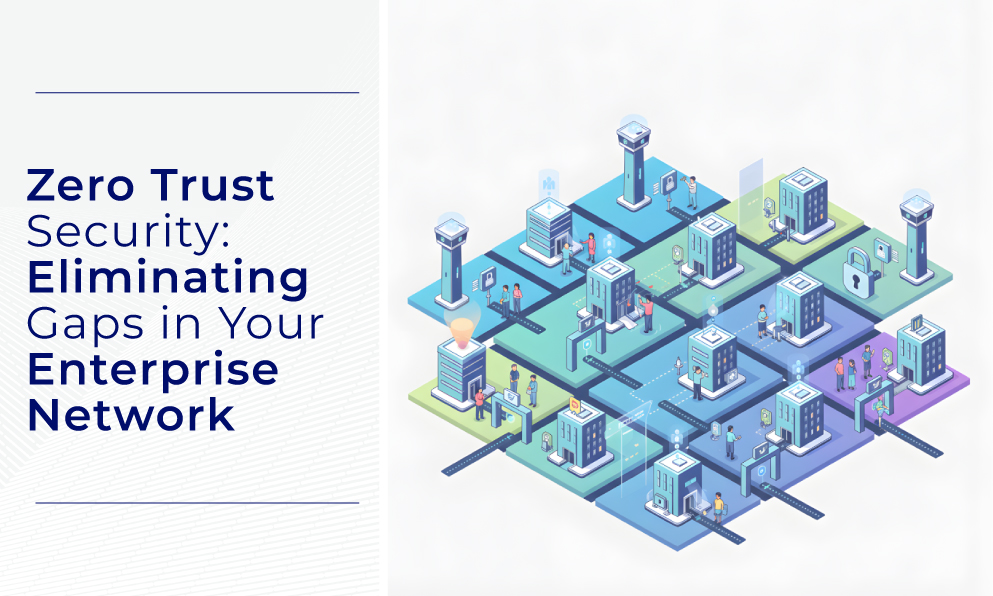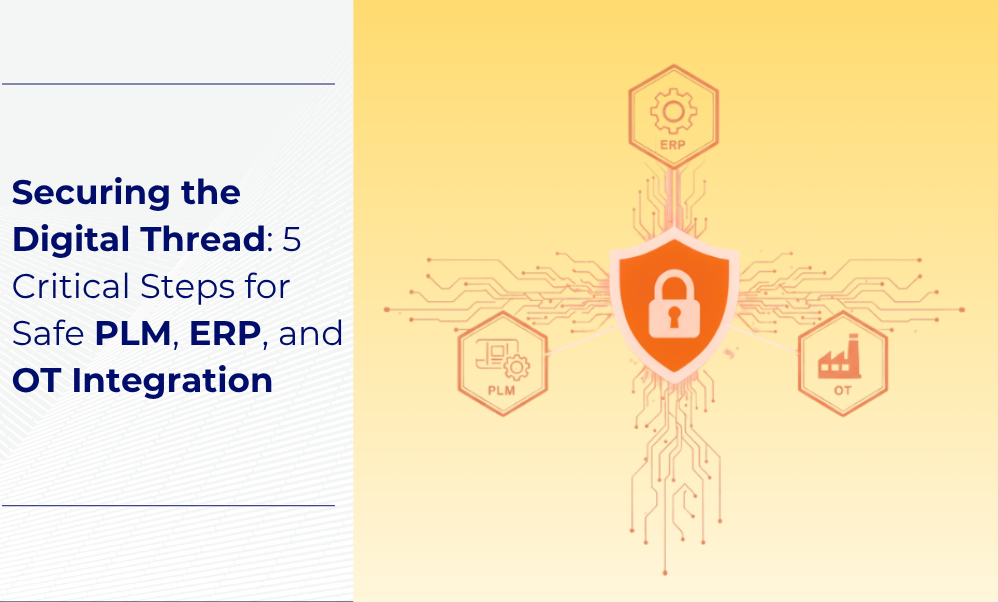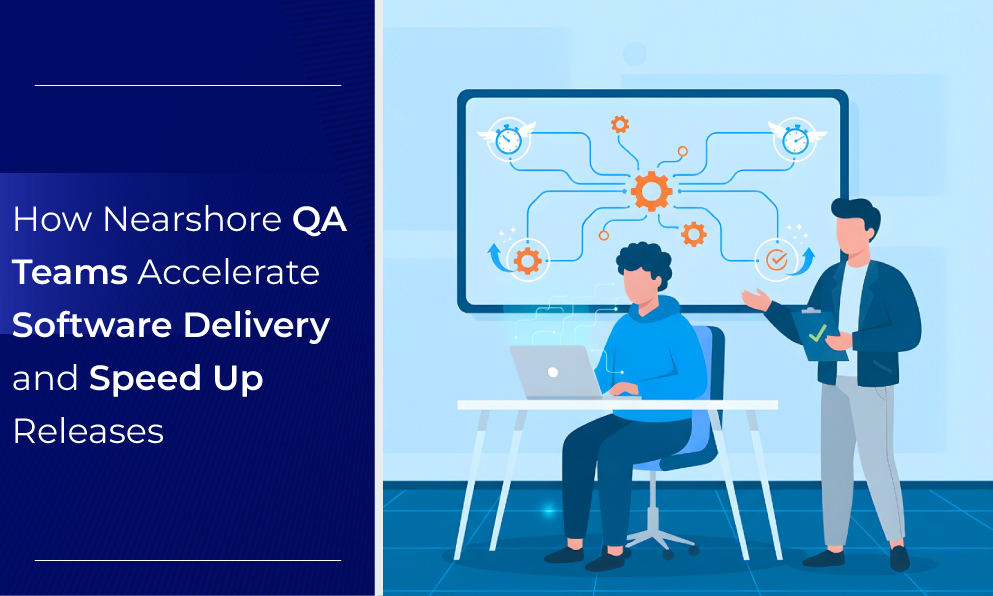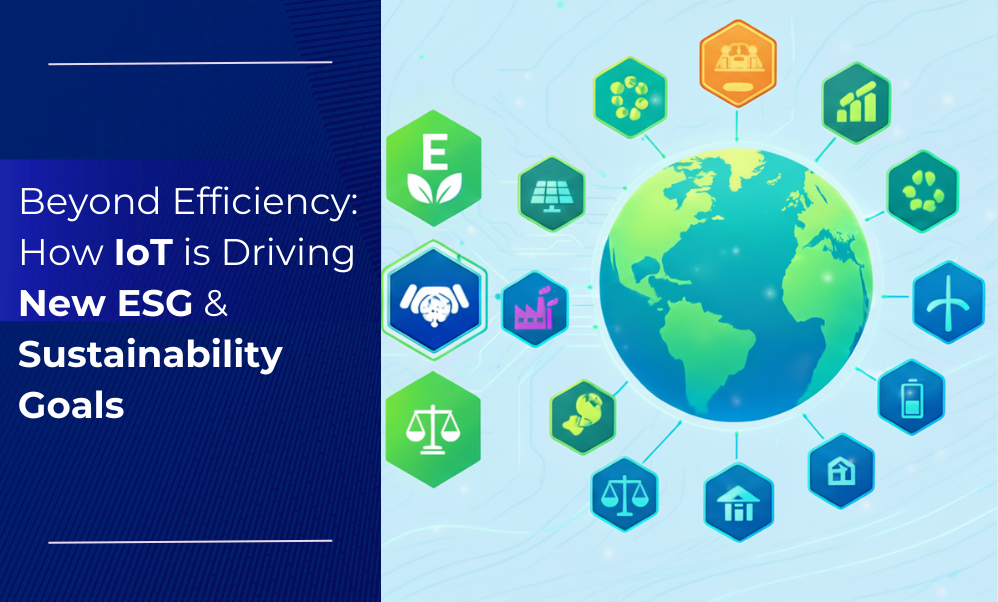Debugging is an integral part of the software development life cycle. By identifying and fixing errors or bugs in the code, debugging can ensure the software runs smoothly and as intended.
Developers should follow a systematic approach that enables them to identify and resolve issues efficiently to debug complex code effectively.
You need to understand the codebase and the software's expectations to debug effectively. Review the relevant code sections, documentation, and requirements to understand the intended behavior. Debugging will enable you to identify any deviations from the expected results.
Today, we will learn five impactful strategies for debugging complex code.
Strategy 1: Utilizing Debugging Tools
Types of Debugging Tools:
Many debugging tools are available nowadays to aid developers in their quest to fight bugs. These tools help developers fish out elusive bugs hiding beneath the surface by diving deep into the inner workings of their code. Here is a list of three types of debugging tools.
1. Integrated Development Environments (IDEs)
2. Debugger Software
3. Profiling Tools
Strategy 2: Implementing Unit Testing
Fundamentals of Unit Testing
Unit testing can save time and significantly reduce the cost of bug fixing. In the development cycle, unit testing allows developers to identify bugs early. Unit testing helps ensure that issues are nipped in the bud before they escalate to more critical stages by early bug detection.
Test-Driven Development (TDD) Approach
Developers should write test codes before implementing functionality in the codebase. TDD helps prevent bugs by detecting bugs early and reducing the likelihood of introducing defects into the software application.
Automating Unit Tests for Efficiency:
Automating testing is essential for maintaining a high-quality codebase and ensuring that changes to the code do not introduce new bugs. It eliminates the need to run tests manually and saves time and effort.
Strategy 3: Embracing Code Reviews
Importance of Code Reviews in Debugging
Code reviews offer numerous benefits in debugging, including:
- Early detection of defects: Code reviewers can identify potential bugs and issues that may have gone unnoticed by the original developer.
- Improved code quality: Code reviews help ensure that the code adheres to coding standards, best practices, and maintainability guidelines, reducing the likelihood of future bugs.
- Knowledge sharing: Code reviews allow developers to learn from each other, share best practices, and improve their coding skills.
- Improved team collaboration: Code reviews foster cooperation and communication among team members, creating a sense of shared ownership and responsibility for the codebase.
Setting Up Effective Code Review Processes
To ensure effective code reviews, consider the following steps:
- Establish clear guidelines: Define code reviews' purpose, scope, and expectations. Specify the frequency, participants, and review criteria.
- Select the right tools: Utilize code review tools such as version control systems (e.g., Git), code review platforms (e.g., GitHub, Bitbucket), or integrated development environments (IDEs) with built-in review features.
- Assign reviewers strategically: Choose reviewers with the necessary expertise and context to provide valuable feedback. Consider factors such as the complexity of the code, the reviewer's experience, and their familiarity with the codebase.
- Provide training and support: Ensure that developers have the necessary training and support to conduct effective code reviews. This includes understanding the review process, using the review tools, and providing constructive feedback.
Conducting Constructive Code Review
To conduct constructive code reviews, follow these guidelines:
- Focus on the code, not the person: Provide objective, specific, and actionable feedback. Avoid personal attacks or subjective criticism.
- Be respectful and professional: In your feedback, maintain a respectful and professional tone. Remember that the goal is to improve the code, not to criticize the developer.
- Provide suggestions for improvement: Offer specific recommendations for improving the code. This could include suggesting alternative approaches, refactoring techniques, or improvements to the documentation.
- Be open to feedback: Be receptive to feedback from other reviewers and be willing to make changes based on their suggestions.
Strategy 4: Leveraging Logging and Monitoring
Logging and monitoring are essential components of a robust system. Logging involves recording events and messages that occur during the execution of a program or system. In contrast, monitoring involves observing and analyzing system metrics and performance indicators to identify issues and optimize performance.
Best Practices for Logging
- Use a Consistent Logging Framework: Utilize a standard logging framework (e.g., Log4j, NLog, Serilog) to ensure consistent logging across your application.
- Log at the Right Level: Based on the significance and potential impact of the event, choose the appropriate log level (e.g., DEBUG, INFO, WARN, ERROR).
- Include Relevant Information: Logs should contain sufficient information to help identify and troubleshoot issues, including timestamps, thread IDs, and relevant data.
- Handle Errors Gracefully: Log error messages and stack trace to facilitate debugging.
- Centralize Log Management: Aggregate logs from various sources into a centralized location for easy analysis and monitoring.
Setting Up Monitoring System
- Choose the Right Metrics: Identify key metrics (e.g., CPU utilization, memory usage, response time, error rates) that reflect your system's health and performance.
- Use a Monitoring Tool: Utilize a monitoring tool (e.g., Prometheus, Grafana, ELK Stack) to collect, visualize, and analyze system metrics.
- Set Up Alerts and Notifications: Configure alerts and notifications to promptly inform the relevant stakeholders about critical issues or performance degradations.
- Integrate with Error Reporting: Integrate your monitoring system with error reporting tools to capture and analyze unhandled exceptions and errors.
- Regularly Review and Analyze: Continuously review and analyze monitoring data to identify trends, patterns, and potential areas for improvement.
Strategy 5: Using Troubleshooting Techniques
Troubleshooting techniques are essential for efficient and effective problem-solving in software development. This strategy involves identifying common bugs and errors, employing various troubleshooting strategies such as isolation techniques and root cause analysis, and documenting solutions for future reference.
Identifying Common Bugs and Errors
The first step in troubleshooting is to identify the typical bugs and errors in the software. Various factors, such as incorrect coding, logical errors, or environmental issues, can cause these bugs. To troubleshoot them effectively, it is essential to have a clear understanding of the different types of bugs and errors.
Strategies for Troubleshooting
Several strategies can be employed to troubleshoot software issues. These strategies include:
1. Isolation Techniques: Isolation techniques isolate the problem to a specific part of the code or component. This can be done by disabling or removing specific features or modules or running the software in a controlled environment. By isolating the problem, it becomes easier to identify the root cause of the issue.
2. Root Cause Analysis: Root cause analysis identifies the underlying cause of a bug or error. It involves examining the code, analyzing the logs, and understanding the software's behavior. Root cause analysis helps find the exact source of the problem and implement a permanent solution.
Documenting Solutions for Future Reference
Documenting the solutions and workarounds found during troubleshooting is essential. This documentation is a valuable resource for future reference and can help prevent similar issues from occurring again. The documentation should include the problem description, the steps taken to troubleshoot the issue, the solution implemented, and any additional notes or observations.
Conclusion
In conclusion, debugging complex code requires a systematic and methodical approach. Developers can identify, analyze, and resolve issues effectively by utilizing logging, monitoring, and troubleshooting techniques. It is essential to prioritize code quality, implement robust logging and monitoring mechanisms, and continuously learn and adapt to improve debugging skills.
Remember, debugging is an integral part of the software development process, and it plays a vital role in ensuring the reliability, stability, and performance of software systems. By adopting the strategies discussed in this blog, developers can navigate the complexities of debugging and deliver high-quality software solutions.
Frequently Asked Questions (FAQs):
Que: What are the common challenges in debugging complex code?
Ans: Effective debugging of complex code is crucial in this modern age, as technology governs every aspect of our lives. Here are the three common challenges in debugging complex code-
- Complexity of Code
- Unpredictable Bugs
- Time Constraints and Pressure
Que: How can I choose the right debugging tool for my project?
Ans: Selecting the right debugging tools for your software can be challenging. It depends on many factors, such as your specific requirements, the programming languages you use, and your preferred development environment. However, considering some key factors, you may choose the right debugging tools for your project. These key factors are complexity, usability, price, integration, support, and community.
Que: What is the difference between unit testing and integration testing?
Ans: Unit testing is independent. It doesn't depend on any other things. You can do it in isolation. You can test each unit separately and typically mock-up external dependencies.
On the other hand, integration testing depends on the units being integrated. Before integration testing is performed, all units must be tested and functioning correctly.
Que: How do code reviews contribute to improving code quality?
Ans: A code review is a systematic examination of software source code. It is built to find code bugs and improve the software's quality. Almost all code reviews have three common goals. They are: i) conducting error-free and well-documented software, ii) building software that complies with enterprise coding standards, and iii) sharing knowledge between developers.
Code review can improve the quality of the code by finding bugs and ensuring maintainability.











